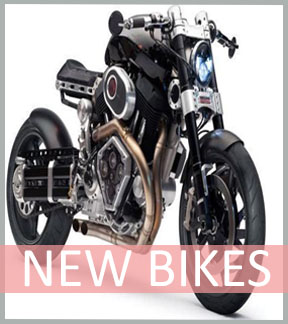
Sixpack
-
6 Awesome Chest Exercises
Do you want a chest that goes completely unnoticed by everyone (yourself included)? Simply continue doing what you've always done. If you want to avoid this concave, sunken-chest fate, a recent study in the Journal of Strength and Conditioning Research holds the key.
In the study, researchers tested a Smith machine, barbell, and dumbbell bench press and found that certain muscles were activated more than others depending on the exercise. This means that in the pursuit of the ultimate upper body trifecta—chest, biceps, and triceps—all exercises aren't created equal. If you want to build a chest that would make even a gorilla jealous, here are six pressing variations guaranteed to get the job done.
Close Grip Barbell Bench Press

You’re able to lift more weight with a barbell than dumbbells, which is one reason the bench press is a staple in any strength program. To protect your shoulders, strength coach Bret Contreras, C.S.C.S., recommends using a close grip—that is, placing your hands just outside of shoulder width. “This is the most joint-friendly barbell variation, allowing people with shoulder issues to still reap the benefits of pressing,” Contreras says.
Barbell Floor Press
Most men struggle at the top part of the bench press. The floor press uses a smaller range of motion, allowing you to use more weight while training that sticking point, Contreras says. Bonus: It also builds a big, strong set of triceps. Watch the video below to see how to do the barbell floor press with perfect form.
Stability Ball Dumbbell Bench Press

If you're looking to increase your number of reps and sets without putting excess stress on your shoulders and elbows, strength coach Eric Cressey, president of Cressey Performance in Hudson, Massachusetts, recommends this variation. Due to the instability of the ball, your muscles are fighting the entire time to keep the dumbbells under control. Even though you'll use less weight than a traditional dumbbell bench press, because your muscles are so busy stabilizing and protecting your joints, the stability ball dumbbell bench press still allows “for a comparable training effect,” Cressey says.
Dumbbell Squeeze Press

To perform this exercise, assume the same position that you would for a dumbbell bench press, but keep the dumbbells in contact with each other the entire time (palms facing each other), squeezing them together as hard as possible. “This variation shifts all the stress onto the pectorals, engaging them throughout the entire range of motion”—a key factor in maximizing muscle growth—says John Romaniello, C.P.T., a New York–based personal trainer.
Dumbbell Alternating Bench Press
To reap the muscle gaining benefits of this exercise, start each repetition from a complete stop. At the bottom of the lift, it's easy to use your muscles as a spring, using that stored energy to help move the weight. This is good for strength, but bad for muscle growth. By stopping the movement completely, you force your muscle to work harder and “actively move the load,” says Nick Tumminello, ACE certified trainer and owner of Performance University. By alternating the dumbbells, your core has to work harder to handle the constantly shifting weight distribution. To see how to perform the dumbbell alternating bench press correctly, watch the video below.
Standing One-Arm Landmine Press

Perform this unique exercise by placing one end of a barbell securely into the corner, grabbing the opposite end with one arm. Stand with your feet shoulder-width apart, bending slightly at the knees while pushing your butt back. Start with your elbow by your side with your wrist up near your shoulder. Brace your core and press your arm straight up and out toward the ceiling.
This variation blends shoulder blade mobility and core stability, allowing the scapula to move freely while also getting more core recruitment, says Cressey. By letting your shoulder blade move with you, you put less strain on your shoulder joint. Your core also has to work overtime to prevent your torso from bending back or twisting.


